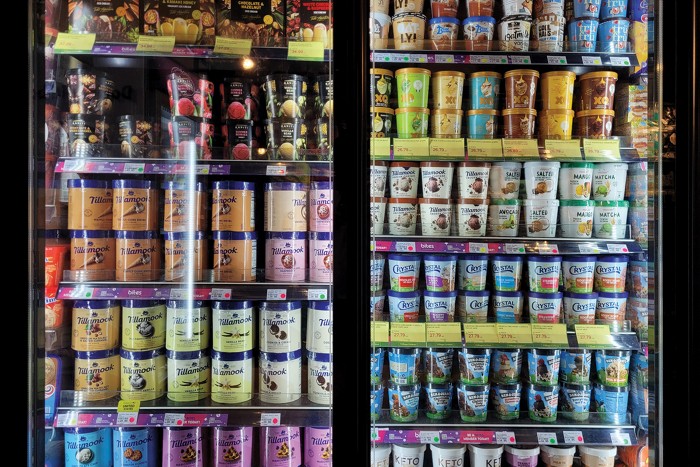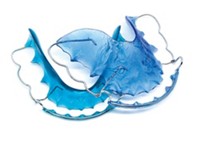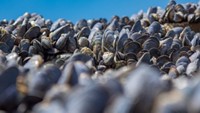Advertisement
Grab your lab coat. Let's get started
Welcome!
Welcome!
Create an account below to get 6 C&EN articles per month, receive newsletters and more - all free.
It seems this is your first time logging in online. Please enter the following information to continue.
As an ACS member you automatically get access to this site. All we need is few more details to create your reading experience.
Not you? Sign in with a different account.
Not you? Sign in with a different account.
ERROR 1
ERROR 1
ERROR 2
ERROR 2
ERROR 2
ERROR 2
ERROR 2
Password and Confirm password must match.
If you have an ACS member number, please enter it here so we can link this account to your membership. (optional)
ERROR 2
ACS values your privacy. By submitting your information, you are gaining access to C&EN and subscribing to our weekly newsletter. We use the information you provide to make your reading experience better, and we will never sell your data to third party members.
Food Ingredients
Soy proteins may extend life of frozen foods
These food-derived peptides might create a protective barrier that prevents food from degrading in the freezer
by Alla Katsnelson, special to C&EN
July 19, 2023
| A version of this story appeared in
Volume 101, Issue 24

Ice cream is not nearly as creamy and comforting when it develops an unsavory coating of ice crystals. There are few food-grade cryoprotective agents, but a new study published in the Journal of Agricultural and Food Chemistry suggests that soy protein isolate (SPI)—a material widely used as an additive in the food industry—might prevent the degradation of food’s texture and taste upon freezing (2023, DOI: 10.1021/acs.jafc.2c08701) .
“This is derived from a natural food protein, so it’s nontoxic,” says Tong Wang, a food chemist at the University of Tennessee, Knoxville who led the project. “If we can prove it is effective in food, that will be a win.”
Previous work found antifreeze properties in gelatin-derived peptides, but Wang and her colleagues sought a plant-based molecule. After screening several types of plant proteins, they landed on SPI and tested several versions of it. The SPI peptides that had stronger antifreeze activity had higher molecular weights and shared some similarity in their secondary structures, Wang says.
Wang’s hypothesis is that to prevent freezing in food, molecules have to be amphiphilic—that is, they must have both hydrophobic and hydrophilic regions—and that the SPI peptides perform their protective effects at the water-ice interface.
She and her colleagues are conducting mechanistic studies to pin down how exactly SPI peptides’ chemical interactions keep ice from forming. She says that because SPI peptides are naturally derived, they’re also strong candidates for other applications, including in agriculture and for deicing roads.





Join the conversation
Contact the reporter
Submit a Letter to the Editor for publication
Engage with us on Twitter